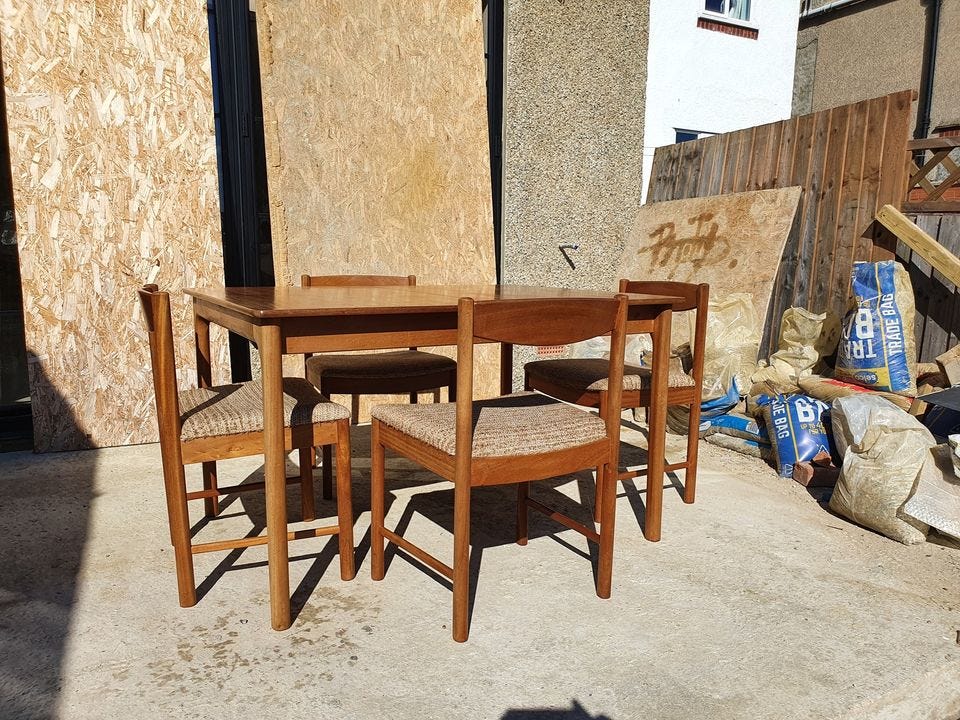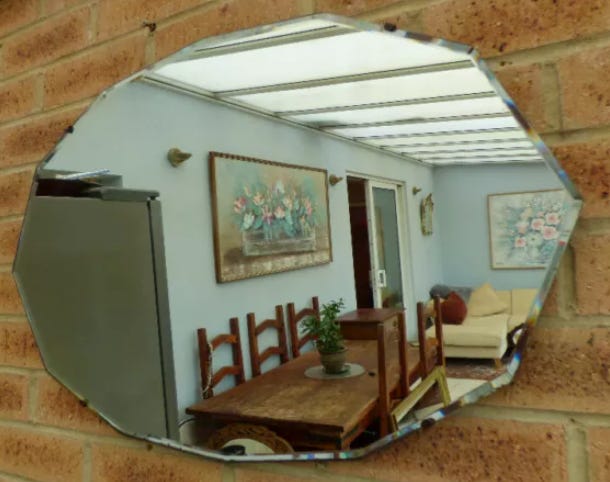
When I first moved to Berlin, I followed one of my few friends to STATTBAD, a club far from the city’s usual party districts. There were three dance floors that I can remember. Two were tucked away downstairs in the boiler room, accessible only by two narrow staircases on either end; the third was in what was once a public pool. As you slipped past the bouncers at the door, you could pop upstairs to the former locker rooms to check in your coat, then walk into the main hall and down steps into the tiled basin that slowly sloped towards the deep end. It was breathtaking, and palatial.
STATTBAD was first built in 1907 by Ludwig Hoffmann, the influential German architect behind some of Berlin’s most famous pre-War buildings. The pool sustained extensive damage during the Second World War, and was later reconstructed in the 60s. It remained a public pool until it was decommissioned in the early 2000s, only to be reopened as an arts and music space shortly thereafter. For years, the upper galleries were busy with local artists working from their studios during the week and the lower floors flooded with ravers on the weekend. In 2015, the venue finally closed: With few emergency exits and a very, very liberal policy around indoor smoking, the club was also a fire hazard, and a deathtrap in waiting.
Like many buildings in Berlin, it was a living record of the city’s history. We move through this history daily, often without thinking about it. On summer evenings, we sprawl out in the sun on the runways of the former Tempelhof Airport, and on nights out, we cut through the world’s most famous power plant. At times, this history is dark, and horrifying: Berlin’s first major department store, for example, was forcibly stolen from its Jewish founders by the Nazis, who turned it into the headquarters for the Hitler Youth. In the GDR, the building was the central command for the Socialist Unity Party of Germany until the fall of the Berlin Wall, at which point it was repatriated to its owners. Now, it’s home to the local Soho House hotel and club.
I’ve thought about STATTBAD often in the years since it closed – this morning, most recently, when a club in London announced it would close to make room for new offices. Since the beginning of the pandemic, countless pubs, restaurants and other venues shuttered as footfall drew to a full stop. In their place stand new office buildings, delivery-app fulfillment centres and characterless cafes doling out dreary overpriced penis-shaped waffles, or whatever. This haunts me as I walk through Berlin – communal spaces replaced by private businesses with key fobs and door codes, with uniforms and call sheets and locks on the bathrooms. It’s such a common occurrence in Berlin that a tour of closed clubs and their stories launched this spring.
And when one club closes, there’s always a new business venture waiting in the wings. Our homes sit in the long shadow of these developments: Even before the pandemic and endless Zoom calls from the kitchen table, the demands we made of our homes surged as communal spaces were privatised. The modern home is a place to rest, sure, but also a place to work, to socialise, to attend to relationships or foster new ones and a place to feel safe. It’s why I argue, often, that we need to take control of our homes however we can – hang prints on the walls, pot plants on the balcony and buy furniture that feels like us, somehow. We need to claim the spaces we can because it’s unclear how much space we might have in the very near future as new developments write over decades of living history. This morning I looked into what happened to STATTBAD, and found it’d been razed to the ground – over a century of history, and hundreds of thousands of visits. The artist studios, the dance floors and the constellation of memories like my own are gone. In their place stands a new residential complex, each flat under 30 m², lightly furnished and ugly beyond reproach.
The perfect mirror is hard to find: It strikes a balance between function (“Can I see myself?”) and form (“Is the frame disgusting, or do I love it on my wall?”). This mirror has it all: The small porthole is cosy and intimate and unblemished, while the golden rays are regal and well maintained. Pick it up in the Netherlands for 135€.
You might remember McIntosh from an earlier newsletter on developing taste – the time-honoured Scottish furniture maker is one of the hottest in the UK market, and this dining set is no exception. Pick it up in London for £395. If you’re further afield, I imagine shipping it cross country at cost would be relatively straightforward as well.
I’m not a DJ, but I do take requests: I’m always happy to help find furniture, so let me know what you’re looking for. Reply to this email or send me a message on Twitter what you want, where you are (generally! don’t send me your address – I don’t want it!), and what price point fits your budget, and I’ll see what I can do.
If you’re looking for a sleek and sophisticated mirror, try out a vintage frameless one like this piece, which is available in Newcastle for £40. Home goods stores have offered their own twists on these classics in recent years, but at a steep markup – check Etsy, eBay and local listings before heading to Zarah Home.






